 |
| Dr. Tran Ngoc Tuan reported at the Consultation Workshop on the results of the Final Assessment and the Waste Classification Program at Source, environmental protection work according to the 2-level local government organization model. |
Strong move
According to statistics from the consulting group of the Faculty of Environment, University of Sciences , Hue University (referred to as the Consulting Group), before 2021, each year Hue City (old) generated more than 22,000 tons of plastic, of which more than 700 tons were lost to the environment. This amount of waste floated in rivers, canals, and even flowed into Tam Giang - Cau Hai lagoon, polluting the ecosystem and directly affecting the landscape and public health. In this situation, the People's Committee of Thua Thien Hue province (now Hue City) received support from the World Wide Fund for Nature (WWF - Vietnam) to implement the project "Hue - Plastic-reducing City in Central Vietnam" with the goal of reducing at least 30% of plastic waste (RTN) lost to the environment by 2024; increasing the collection and recycling rate of domestic solid waste (CTRSH); operate a modern solid waste treatment facility (SWM) to replace landfills; towards the long-term goal of “no more solid waste by 2030”.
In recent times, the project “ Hue - Plastic-reducing City in Central Vietnam” has carried out many activities such as surveying, classifying and evaluating waste sources; supporting piloting waste classification at source; strengthening community communication and building an environmentally friendly recycling collection model. Hue City has also mobilized the participation of authorities at all levels, associations and communities along with business units; thereby gradually building the habit of reducing the use of disposable plastic products, classifying waste at source and responding to the “Green Sunday” movement.
These efforts have brought about a clear change. Reporting at the consultation workshop on the results of the Final Assessment and the Waste Classification Program at Source, and environmental protection work according to the 2-level local government organization model held at the end of September, Dr. Tran Ngoc Tuan, a member of the consulting group, informed that by 2024, the amount of plastic lost to the environment in Hue City (old) had decreased to 472 tons/year, equivalent to a 34% reduction. Hue City currently also achieves a 98% collection rate of solid waste, of which 93% is treated at the Phu Son Waste-to-Energy Plant. The amount of recycled plastic also increased by 57% compared to the first phase of the project "Hue - Plastic-reducing City in Central Vietnam".
Not only stopping at numbers, the project also created a strong spread in the community. Many schools, agencies, and residential areas have proactively organized activities such as "say no to disposable plastic" and "exchange trash for gifts" programs. Neighborhood groups, women's associations, and youth unions have become the core forces in propagating and guiding people to practice waste classification right at home. These small actions contribute to changing awareness, forming green living habits, and creating a foundation for Hue to become a civilized, exemplary, and environmentally friendly city.
“Hue is developing in a green - clean - bright direction thanks to positive changes in waste management, especially in people's behavior and habits. Initially, they were not familiar with waste classification, but now many households consider it a daily habit,” shared Dr. Tran Ngoc Tuan.
New challenges
Despite impressive results, Hue still faces many challenges in maintaining the sustainability of its waste management system. The WABI model (Standard set of indicators for assessing sustainable waste management) in 2024 of Hue City (old) shows that, although the collection rate reaches 98%, recycling activities still rely mainly on the informal sector such as scrap collection points, waste pickers or small cooperatives. The activities of this sector are still fragmented and not fully recorded in statistics. The lack of support, training and synchronous management mechanisms causes the flow of recycled materials to still be lost, reducing the effectiveness of the circular economic model that Hue is aiming for.
Another significant challenge is the financial issue. According to the Advisory Group, the revenue from waste fees is currently not balanced with the costs of collection, transportation and treatment, making the system still heavily dependent on the state budget. To overcome this, the expert group proposed that the city should study and apply the “polluter pays” model, in which waste fees are calculated based on volume or household size.
In addition, although waste sorting at source has been implemented, it is still not uniform. Many households still collect different types of waste due to lack of tools, time or not seeing the benefits of sorting clearly. Meanwhile, the infrastructure for collecting each type of waste separately is still incomplete, leading to the situation of "sorting first - mixing later". If these "bottlenecks" are resolved, Hue can completely move towards a circular urban model, helping to save costs, reduce environmental pressure and create a sustainable green lifestyle.
Associate Professor Dr. Hoang Cong Tin, Head of the consulting team, commented: “Hue has created a highly learnable plastic-reducing urban model. The success of the project lies not only in the numbers, but in the change in management thinking and community behavior. If the self-management model is maintained and appropriate policies are applied, Hue can completely eliminate single-use plastic products by 2030, becoming a typical example in the country in the process of reducing emissions and adapting to climate change.”
Source: https://huengaynay.vn/kinh-te/khoa-hoc-cong-nghe/giam-nhua-de-xanh-hon-moi-ngay-158846.html


![[Photo] Nhan Dan Newspaper launches “Fatherland in the Heart: The Concert Film”](https://vphoto.vietnam.vn/thumb/1200x675/vietnam/resource/IMAGE/2025/10/16/1760622132545_thiet-ke-chua-co-ten-36-png.webp)
![[Photo] General Secretary To Lam attends the 18th Hanoi Party Congress, term 2025-2030](https://vphoto.vietnam.vn/thumb/1200x675/vietnam/resource/IMAGE/2025/10/16/1760581023342_cover-0367-jpg.webp)




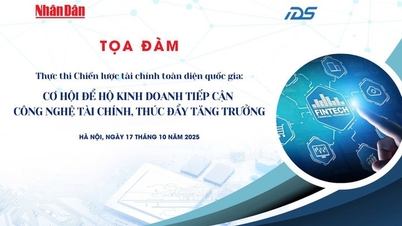

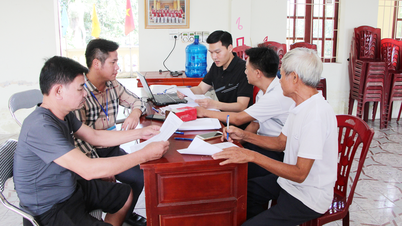

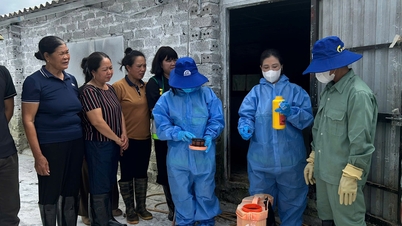
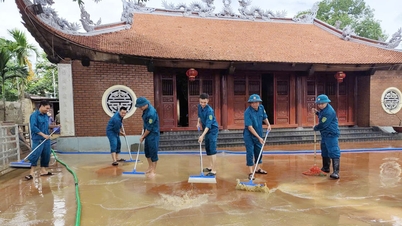
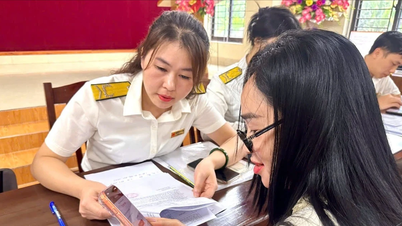

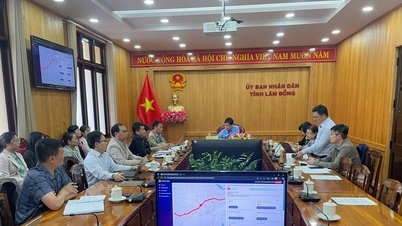





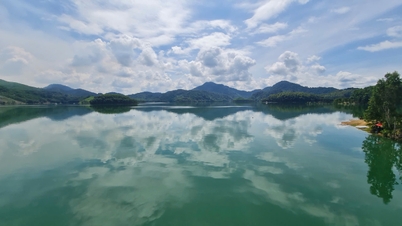

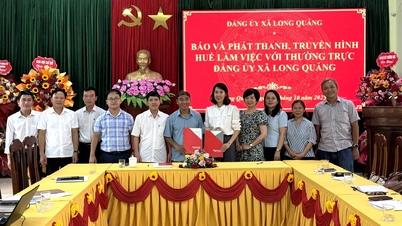
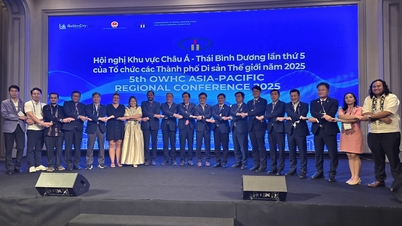
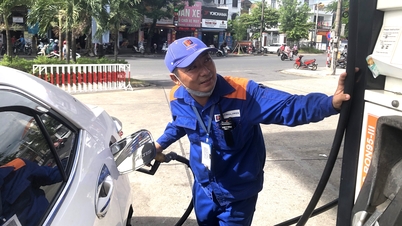
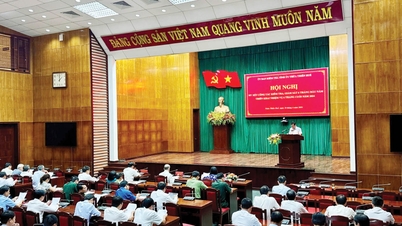
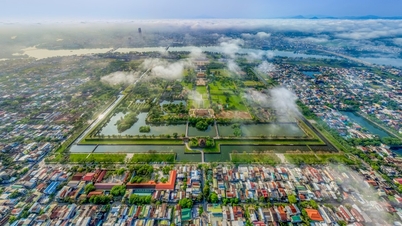
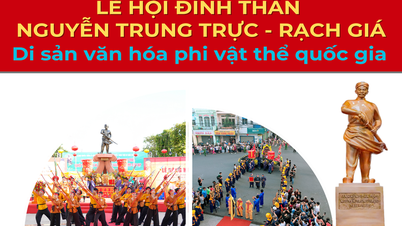

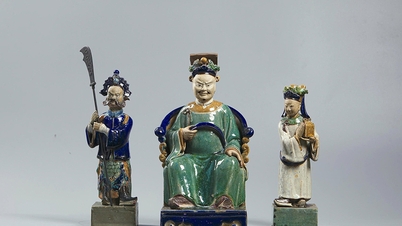



![[Video] TripAdvisor honors many famous attractions of Ninh Binh](https://vphoto.vietnam.vn/thumb/402x226/vietnam/resource/IMAGE/2025/10/16/1760574721908_vinh-danh-ninh-binh-7368-jpg.webp)



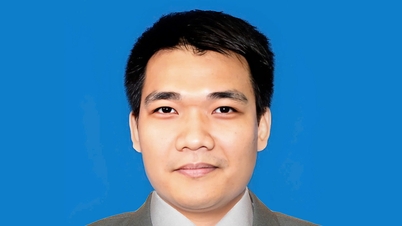

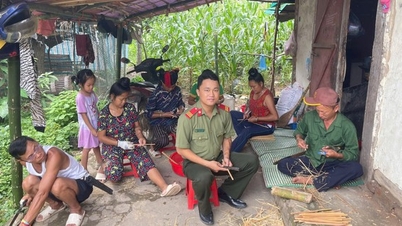

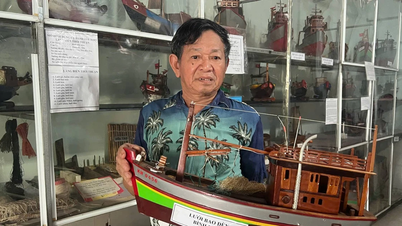




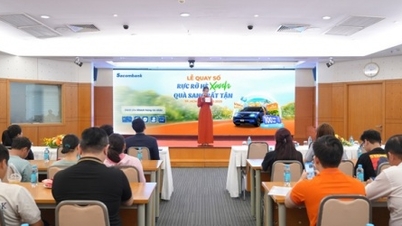

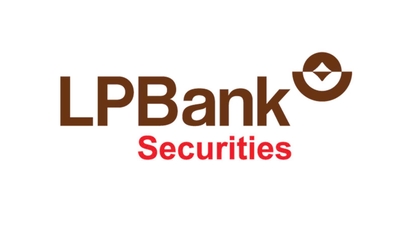




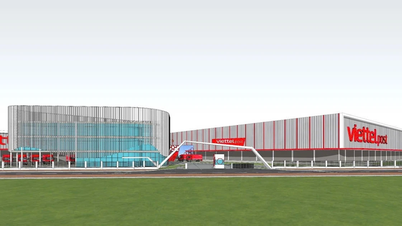
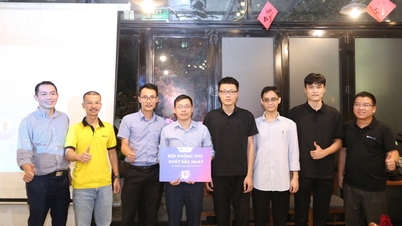







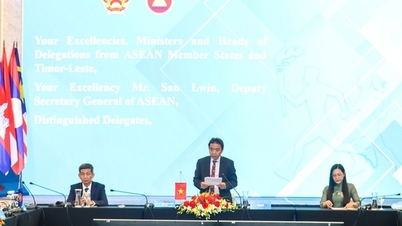

![[Photo] Nhan Dan Newspaper launches “Fatherland in the Heart: The Concert Film”](https://vphoto.vietnam.vn/thumb/402x226/vietnam/resource/IMAGE/2025/10/16/1760622132545_thiet-ke-chua-co-ten-36-png.webp)

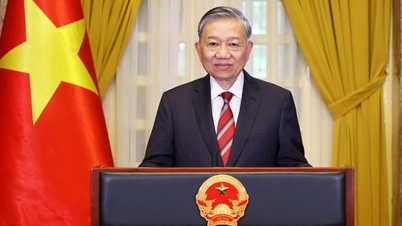
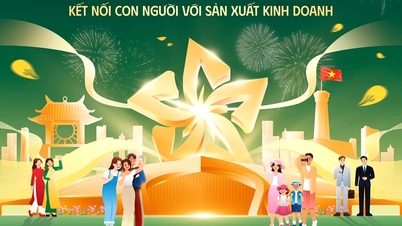



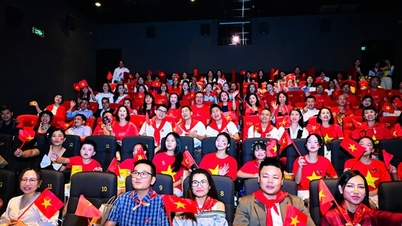
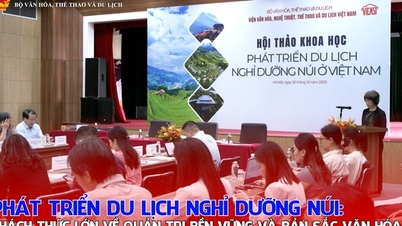
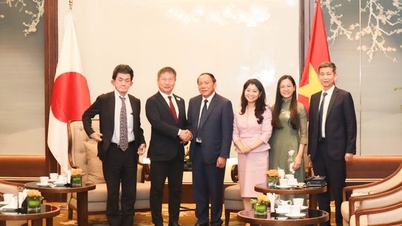
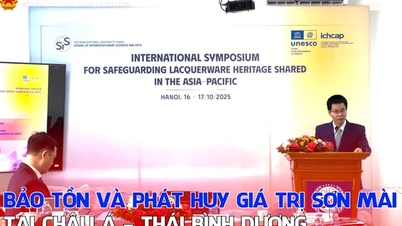
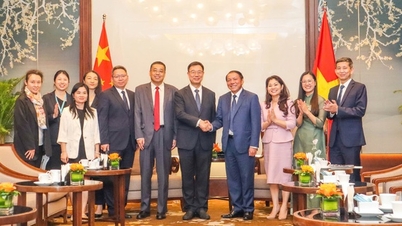
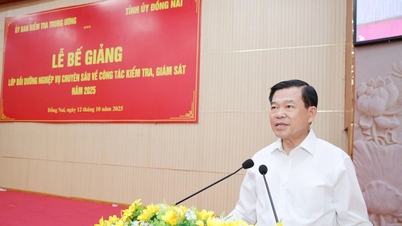

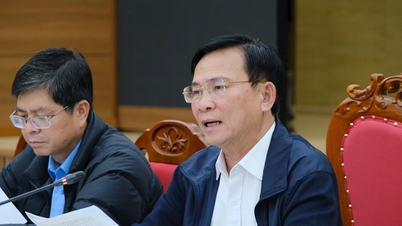
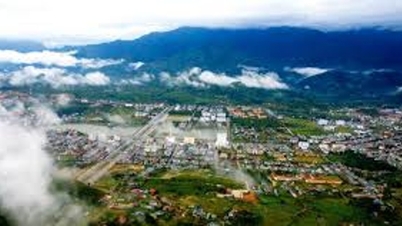





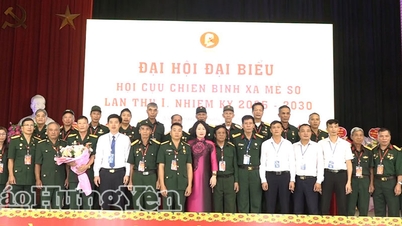













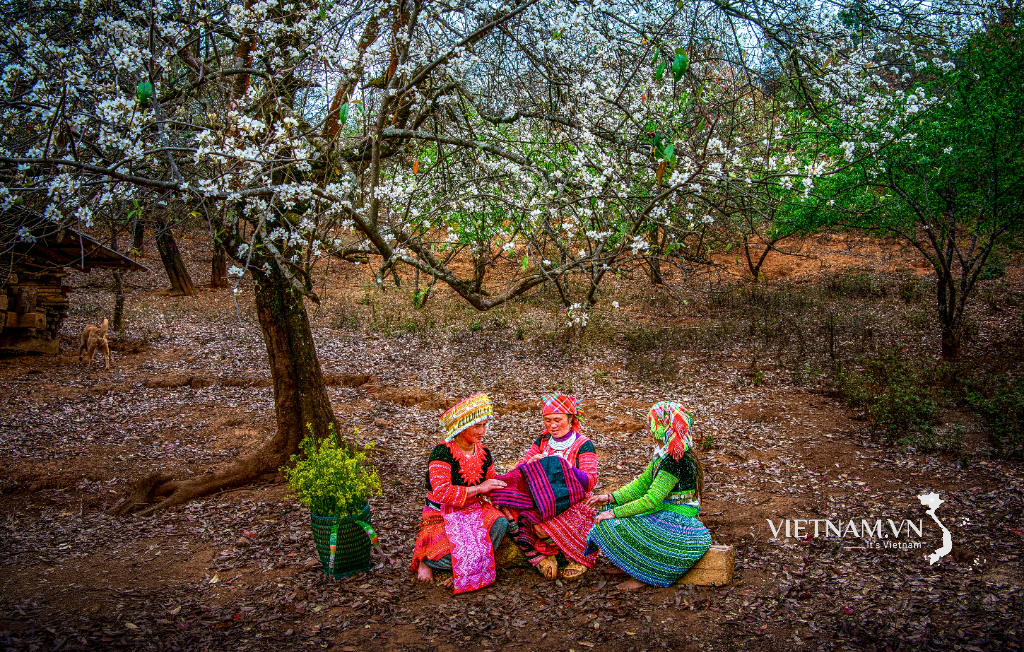


Comment (0)